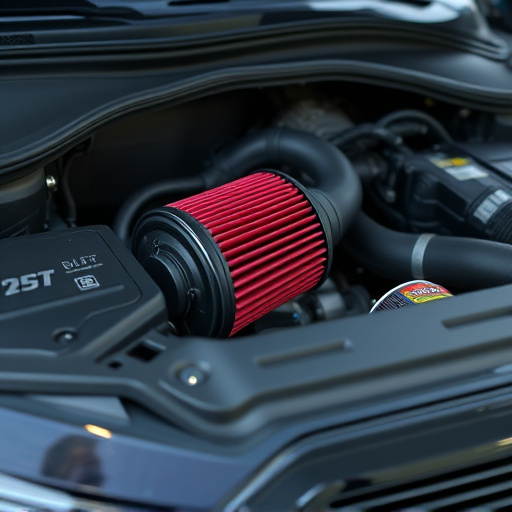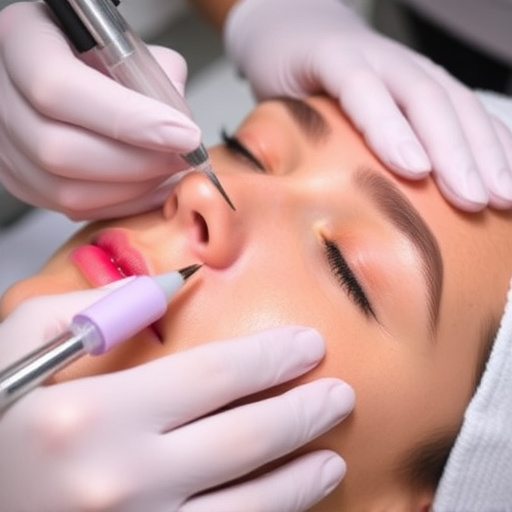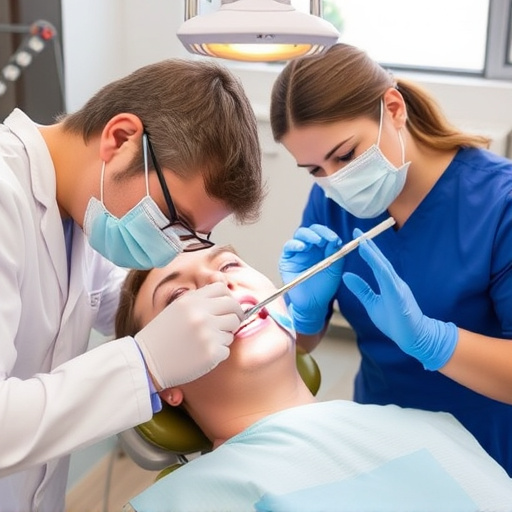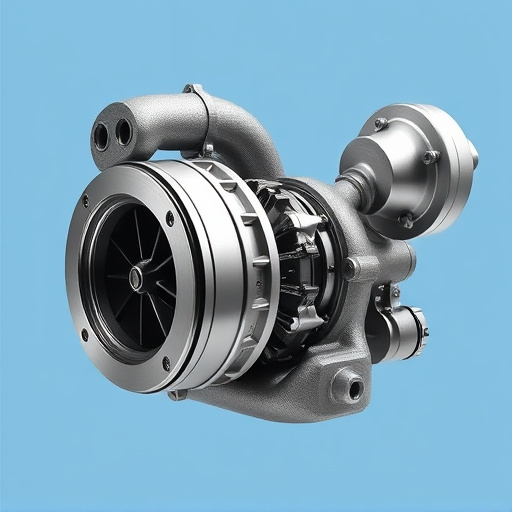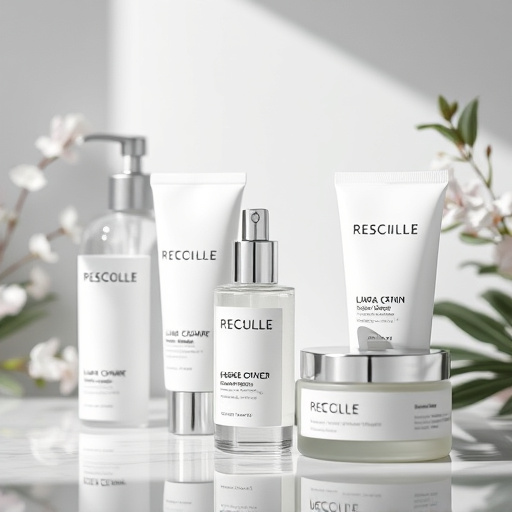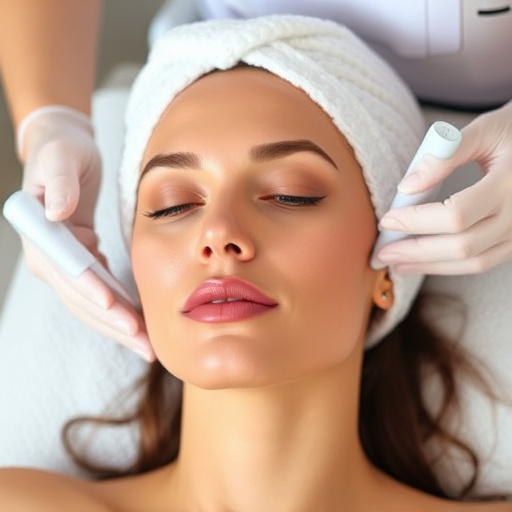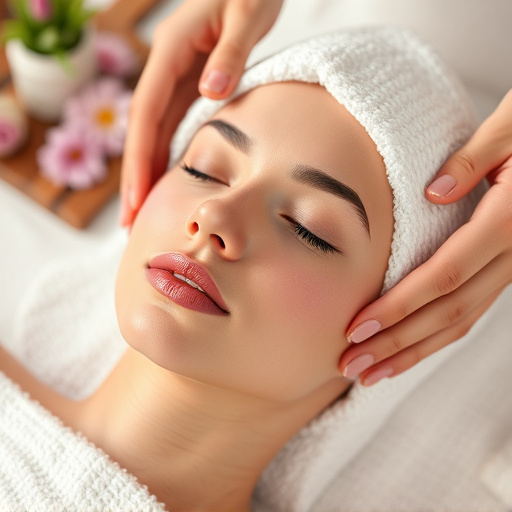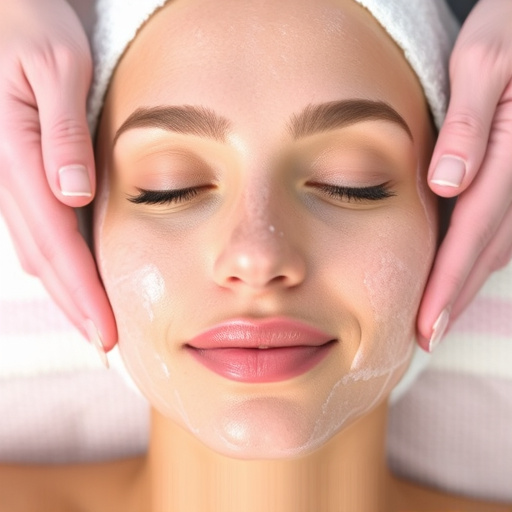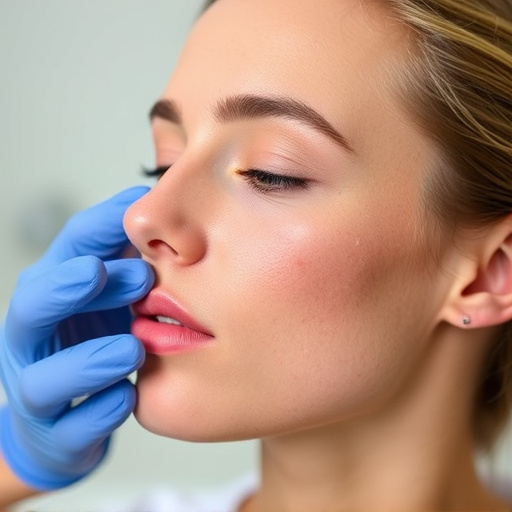Hormonal acne treatment tackles a skin condition caused by hormone fluctuations, particularly androgens, overstimulating sebaceous glands. Unlike regular acne, it follows a cyclic pattern tied to life stages. Treatment goes beyond topical solutions, including oral contraceptives, spironolactone, microneedling, and laser hair removal to target excess sebum production and regulate hormones for long-term management, offering a specialized approach for effective results.
Hormonal acne, a common yet often misunderstood condition, differs significantly from regular acne. This article delves into understanding hormonal acne: its causes, unique characteristics, and how it manifests. We explore the differences in treatment approaches, highlighting the distinctive strategies of hormonal acne treatment. Furthermore, we analyze effective methods that set hormonal acne treatment apart from conventional techniques, offering a comprehensive guide for managing this specific skin concern.
- Understanding Hormonal Acne: Causes and Unique Characteristics
- The Differences: Uncovering the Distinctive Approach of Hormonal Acne Treatment
- Effective Strategies: How Hormonal Acne Treatment Stands Apart from Conventional Acne Management Techniques
Understanding Hormonal Acne: Causes and Unique Characteristics
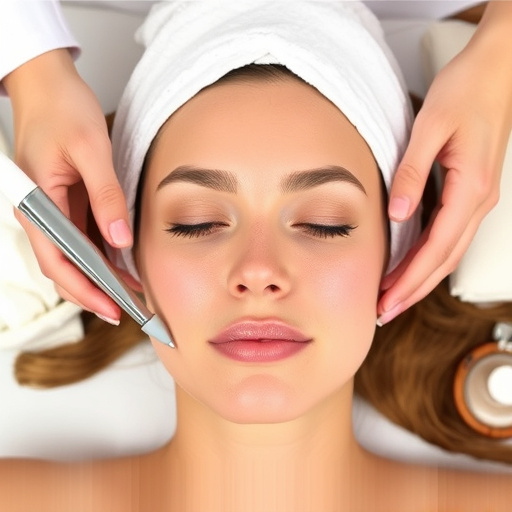
Hormonal acne is a type of skin condition that goes beyond typical breakouts. It’s primarily driven by fluctuations in hormones, particularly androgens, which can stimulate the sebaceous glands to produce excess sebum. This leads to clogged pores, resulting in inflammatory lesions like pustules and cysts. Unlike regular acne, hormonal acne tends to follow a cyclic pattern, often appearing during specific times of life such as puberty, menstruation, pregnancy, or menopause. The unique characteristics include its persistence and the potential for more severe and widespread breakouts, affecting not just the face but also other parts of the body.
Understanding these causes is crucial when considering hormonal acne treatment. Unlike regular acne that often responds to topical treatments, hormonal acne treatment may require a different approach, including oral contraceptives, spironolactone, or even non-surgical treatments like microneedling therapy and laser hair removal to target specific areas. These options address the root cause by regulating hormones and reducing excess sebum production, offering more long-term solutions for effective hormonal acne management.
The Differences: Uncovering the Distinctive Approach of Hormonal Acne Treatment
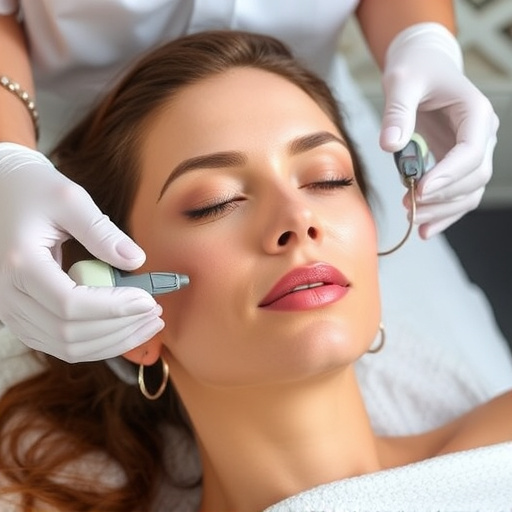
Hormonal acne treatment takes a distinctive approach compared to regular acne management. While standard acne treatments often focus on topical medications and extraction, hormonal acne treatment delves deeper into the root cause – hormonal imbalances. It recognizes that fluctuations in hormones, particularly during puberty, pregnancy, or menopause, can trigger excess oil production and inflammation, leading to more severe and persistent acne.
This specialized approach offers customized facials tailored to address specific skin concerns associated with hormonal changes. Moreover, procedures like laser hair removal and skin tightening can complement the treatment by reducing hair follicle congestion and improving overall skin texture. Hormonal acne treatment thus provides a holistic solution, not just addressing symptoms but targeting the underlying hormonal influences for long-lasting results.
Effective Strategies: How Hormonal Acne Treatment Stands Apart from Conventional Acne Management Techniques
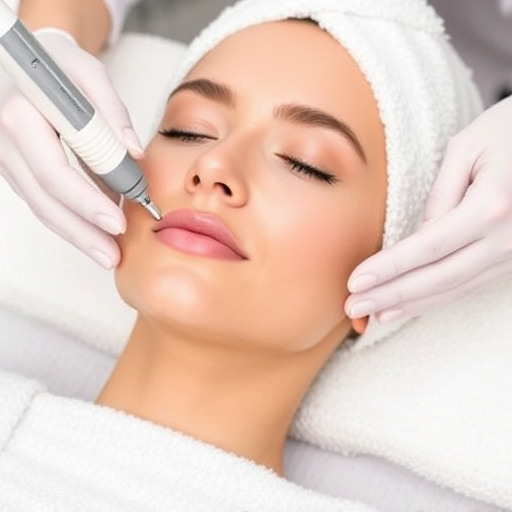
Hormonal acne treatment offers a unique approach to addressing skin concerns, setting it apart from conventional methods. Unlike regular acne management techniques that often focus on topical agents and chemical exfoliants, hormonal acne treatments delve into the root cause of the issue – the hormones. By regulating these natural substances, treatments can provide long-lasting results. This method is particularly effective for individuals with cystic or severe forms of acne, which conventional strategies might struggle to manage.
One key advantage lies in its ability to address not just the symptoms but also the underlying hormonal imbalances. Non-surgical and aesthetic treatments available today include oral contraceptives, spironolactone, and even certain types of skincare products that target specific hormones. These approaches can not only clear existing acne but also prevent future breakouts, offering a more comprehensive and long-term solution for those seeking effective skin brightening and a clearer complexion.
Hormonal acne treatment offers a specialized approach, targeting the unique causes and characteristics of this specific skin condition. Unlike regular acne management, it recognizes the interplay between hormones and the skin’s natural cycle, providing effective strategies to manage breakouts. By understanding these differences, individuals can access tailored solutions for clear and healthy skin, ultimately improving their overall well-being.

